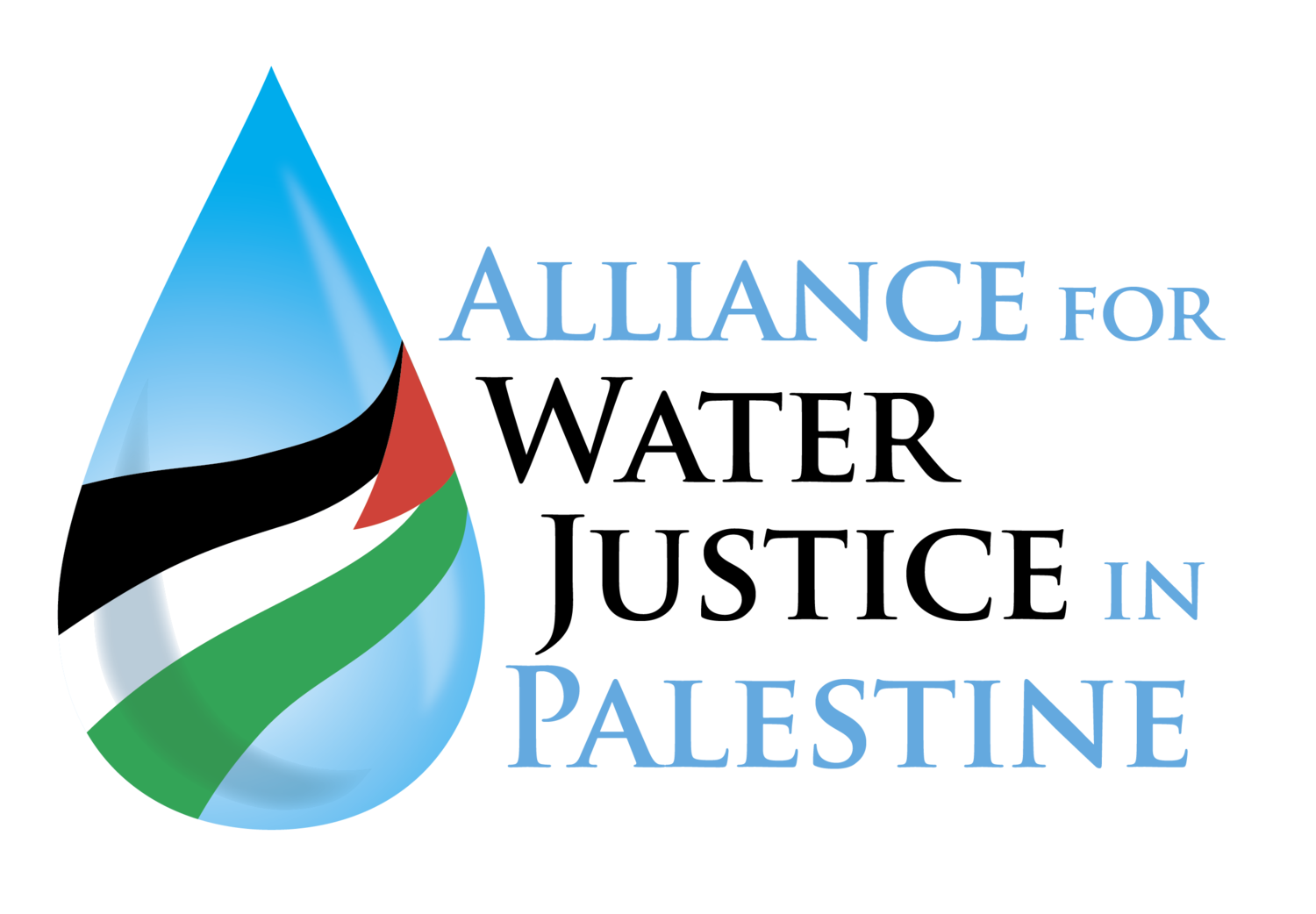Context: Palestinians
Palestinians have lived in the territory of Palestine for hundreds of years. In 1850, when that territory was under Ottoman rule, there were half a million mostly Muslim Arabic speakers, 60,000 Arabic-speaking Christians of various denominations, and approximately 20,000 Jews, whose descendants sometimes refer to themselves as “Palestinian Jews.” Today the term “Palestinian” refers to Arabs—Christian, Muslim, and Druze—whose historical roots can be traced to the territory of Palestine as defined in 1922 by the British Mandate borders.
About 7.4 million Palestinians now live within this area, which is divided between the State of Israel, the West Bank, and Gaza Strip. Some two million Palestinians are citizens of Israel, living inside the country’s 1949 armistice borders and comprising about 21 percent of its population. About 3.2 million Palestinians live in the West Bank (including 370,000 in East Jerusalem) and an estimated 2.2 million live in the Gaza Strip. More than 7 million Palestinians, many of them stateless, live outside their homeland in refugee camps and elsewhere in the diaspora.
Palestinian Israelis
Palestinian Israelis, referred to by the Israeli government as “Arabs inside Israel,” include Muslims, Christians, and Druze. They have second-class citizenship within Israel, which defines itself as a Jewish state rather than a state for all its citizens.
All Israelis (including the 15 percent of the Palestinian population that was not expelled but remained in “48”) have citizenship, but there is no such thing as “Israeli nationality.” Instead, nationality relates to ethnic background and religion, with residents classified as Jews, Arabs, and Druze. Those classified as Jews in the population registry have more rights and privileges than anyone else. Non-Jews, with the exception of the Druze, generally do not perform military service, which excludes them from services and benefits that Jewish Israelis enjoy.
